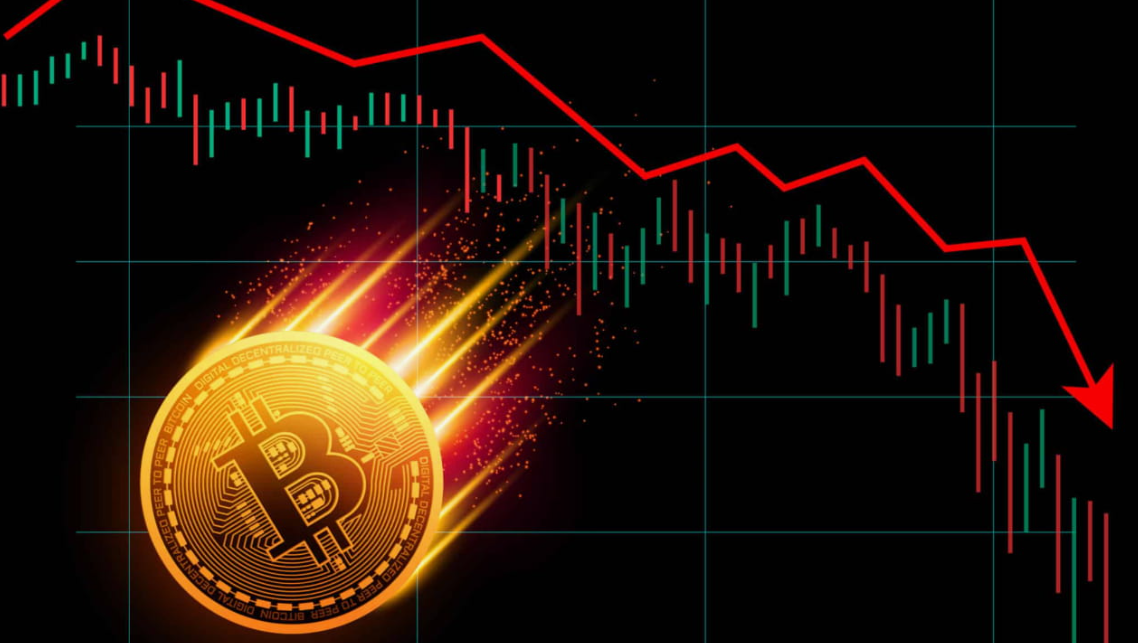Hey there! If you’re interested in trading or just curious about gold prices, you’ve probably heard of XAU/USD. It’s the symbol that represents the price of gold measured against the US dollar. Tracking this pair is essential for anyone looking to invest in gold or understand the market trends. In this article, we’ll dig into how to track gold prices using historical data insights and why it matters. So, grab a cup of coffee, and let’s jump in!
What Is XAU/USD?
Before we go deeper, let’s break down what XAU/USD actually means. XAU is the code for one troy ounce of gold, and USD is, of course, the US dollar. So when you see XAU/USD, you’re looking at how much one ounce of gold is worth in dollars. It’s one of the most popular trading pairs out there, especially among investors who see gold as a safe haven during uncertain times.
Why Track XAU/USD?
Tracking XAU/USD is important for a bunch of reasons:
- Market Trends: Gold prices can reflect broader economic conditions. When the economy is shaky, people often flock to gold as a safer investment.
- Investment Decisions: If you’re looking to invest in gold, knowing historical data can help you make smarter choices.
- Risk Management: Understanding past price movements helps traders manage risks better.
In short, keeping an eye on XAU/USD can give you valuable insights into the market.
Understanding Historical Data Insights
Now, let’s talk about historical data. What is it, and why should you care? Historical data is basically the past prices and performance of XAU/USD over time. It tells you how gold has behaved under different market conditions. This data can help you identify patterns and trends that might repeat in the future.
Key Aspects of Historical Data
- Price Movements: Look at how the price has changed over weeks, months, or even years.
- Volatility: Some periods show wild price swings. Understanding these can help you prepare for similar movements.
- Economic Events: Major events, like financial crises or policy changes, can impact gold prices. Historical data helps you see these correlations.
How to Track XAU/USD with Historical Data
Now that we know why historical data is important, let’s look at how you can track XAU/USD effectively.
1. Use Reliable Data Sources
To track XAU/USD accurately, you need reliable data. Websites like FXpricing offer real-time and historical data for gold prices. Here are some features to look for:
- Real-Time Quotes: Get the latest price updates.
- Historical Charts: View past performance over different time frames.
- Market News: Stay updated on news that could affect gold prices.
2. Analyze Historical Charts
Looking at historical charts is a great way to visualize price movements. Most platforms offer customizable charts that let you:
- Select Timeframes: Choose from daily, weekly, or monthly views.
- Identify Trends: Spot upward or downward trends over time.
- Compare with Other Assets: See how gold prices relate to other markets, like stocks or currencies.
3. Leverage Technical Analysis Tools
If you’re a bit more advanced, using technical analysis tools can help you make informed decisions. Some common tools include:
- Moving Averages: These help smooth out price data to identify trends.
- Support and Resistance Levels: Understanding these can help predict potential price reversals.
- Indicators: Tools like RSI (Relative Strength Index) can show if gold is overbought or oversold.
4. Keep an Eye on Economic Indicators
Gold prices often move in response to economic indicators, like inflation rates or employment data. Here are some indicators to watch:
- Inflation Data: When inflation rises, gold often becomes more appealing as a hedge.
- Interest Rates: Lower interest rates can increase gold demand since holding gold doesn’t earn interest.
- Geopolitical Events: Tensions or crises can drive investors to gold for safety.
Personal Insights
From my experience, tracking XAU/USD has been quite enlightening. I started looking at historical data to understand better how gold prices fluctuate. For instance, during the COVID-19 pandemic, I noticed that gold prices spiked. This taught me how external factors, like a global crisis, can lead to increased gold demand.
I also find that checking different data sources can give me a more rounded view. Some websites might report different prices due to varying data collection methods. By cross-referencing, I feel more confident about the decisions I make.
Conclusion
Tracking XAU USD is essential for anyone interested in gold trading or investing. By leveraging historical data, you can gain insights into market trends, make informed investment decisions, and manage risks effectively.
Whether you’re a seasoned trader or just getting started, understanding the dynamics of XAU USD can significantly enhance your trading experience. For reliable data and market insights, don’t forget to check out FXpricing. They have a comprehensive suite of tools to help you stay ahead in the game!
FAQs
1. What does XAU/USD stand for?
XAU/USD represents the price of one troy ounce of gold in US dollars.
2. Why is tracking XAU/USD important?
Tracking XAU/USD helps you understand market trends, make informed investment decisions, and manage risks.
3. How can I access historical data for XAU/USD?
You can access historical data through financial websites like FXpricing, which provide real-time and historical data for gold prices.
4. What tools can I use for technical analysis?
Common tools include moving averages, support and resistance levels, and indicators like RSI (Relative Strength Index).5. How do economic events affect prices?
Economic events, like inflation rates and interest rate changes, can influence gold demand and thus affect prices.





